For the past couple of weeks I have been introducing you to the Heath Star Rating and then showing you how you can use it to make healthier choices at the supermarket (hyperlink to week 2 post). I have also learned a little extra knowledge when it comes to making choices between different brands and types of products.
This week I used all the knowledge I had learnt over the past two weeks and put it into action while I was food shopping. Now, it felt a little weird photographing food and I am sure people were wondering “what is she doing?”, so I didn’t go overboard. I snapped a couple of examples where swapping my previous purchase choices led to purchasing a better choice of product for my family.
First up in the dairy section, we consume a lot of cheese. Mr 6 will ask for cheese on anything and everything, and because this is the case I normally go for what is the cheapest because it adds up each week. Now what I learnt was that my “cheaper” choice of grated cheese (I buy it already grated as Mr 6 likes to help himself) actually had a pretty low Health Star Rating of 1.5. 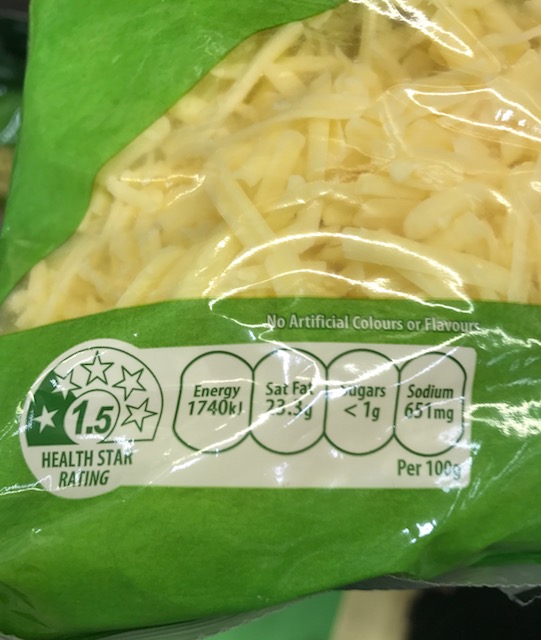
I then looked for the same product but in a different brand and a higher price and the Heath Star Rating was 2.5. I wondered why this was the case when they were both Tasty Cheese, so I read the ingredients and the percentage of actual cheese was different. The lower Heath Star Rating had 98% cheese and the 2.5 had 99% cheese. Well, there you go – more cheese and less other stuff was on the higher Heath Star Rating cheese. 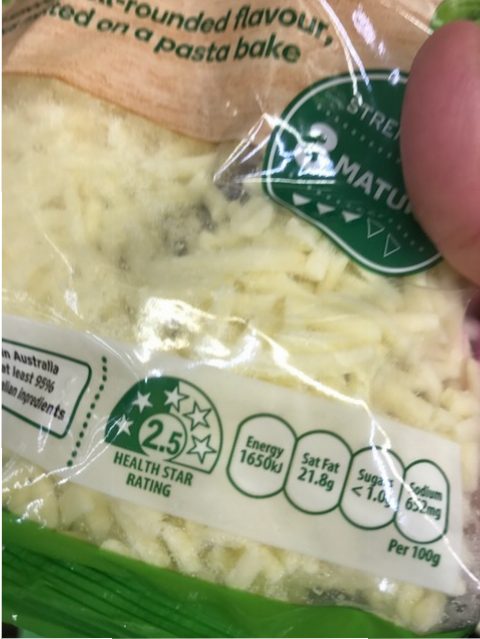
The 2.5 star rated cheese also had less saturated fat than the 1.5 star rated option – this is a good example of how subtle differences can make some products slightly healthier than others. For an extra 80 odd cents I will now be making the swap with my grated tasty cheese.The grated mozzarella had an even better Heath Star Rating of 5.
Thickened cream was next and making a simple swap from full fat cream with a Heath Star Rating of 1 to low fat cream with a Health Star Rating of 2 was a simple swap to help make healthier choices for my family.
On to cereals: this section is a minefield. There are so many varieties, all with different added ingredients such as dried fruits (adding up to extra sugar overall) and so on. I compared a popular nut and honey variety cereal with a Health Star Rating of 2 to a popular wheat cereal which had a 5 star rating. It’s easy to see that the cereals with the added other ingredients and not just grains really rank low. The star rating made it a lot easier to navigate the cereal aisle without the need to search for all of these hidden ingredients.
And lastly, in the snack biscuit aisle, I had a look at the rice cakes which hit the lunch boxes on the occasion we have no fresh bread or my freezer supply of rolls is low. Choosing the plain original rice thins will see them come in at a Health Star Rating of 4.5, but making the choice to be tempted by all the different flavours you can get will see them come in at 3. The added flavouring is usually packed full of salt, which leads to a lower star rating
So, what I learnt from my last food shop was that using the Heath Star Rating, which is easily visible on the front of the packet, I can make quick and now informed choices when selecting food for my family. Making simple swaps of our everyday favourites will ensure I am making the best possible choices when selecting products at the supermarket, which will then contribute to a healthier diet for my family.
Now that I know what the Health Star Rating is and how to use – “the Health Star Rating should only be used to compare packaged items that are similar eg. comparing pasta sauces would be fine, but you can’t compare the pasta sauce to a packet of cheese” – I am well on the way to a healthier fridge and pantry.
This is a sponsored post. Information I have supplied can be found on the Health Star Rating website


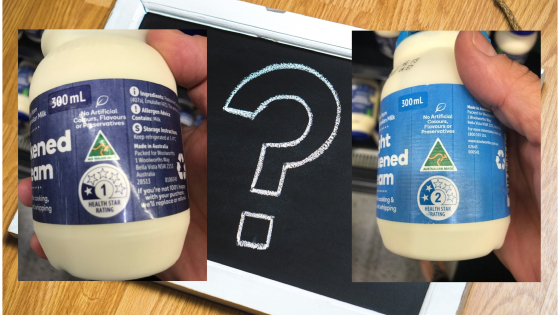
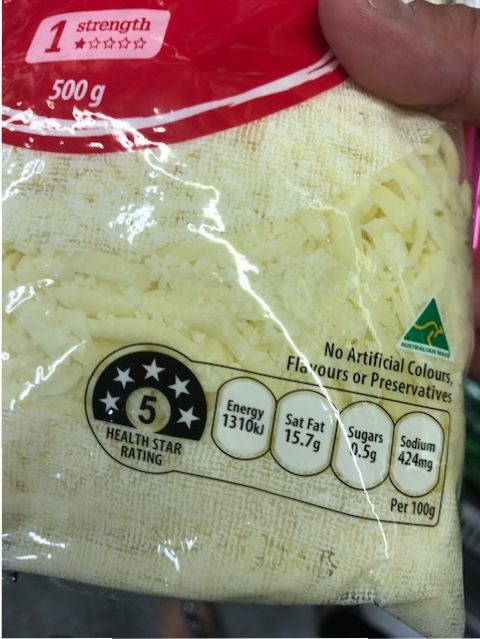
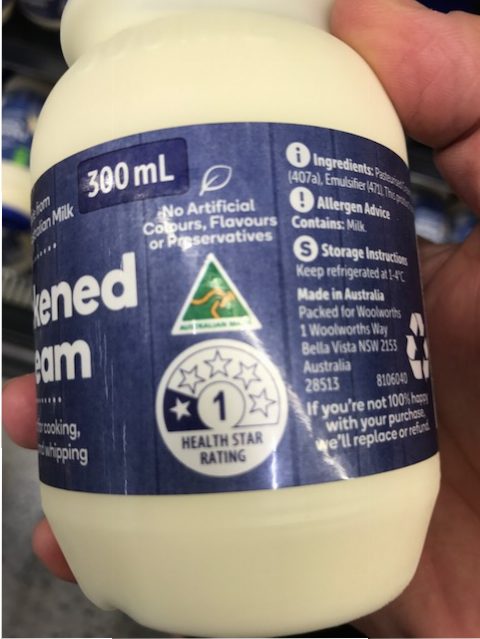
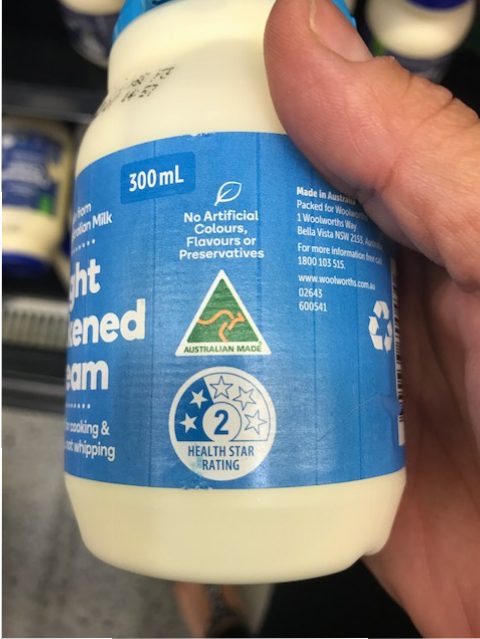
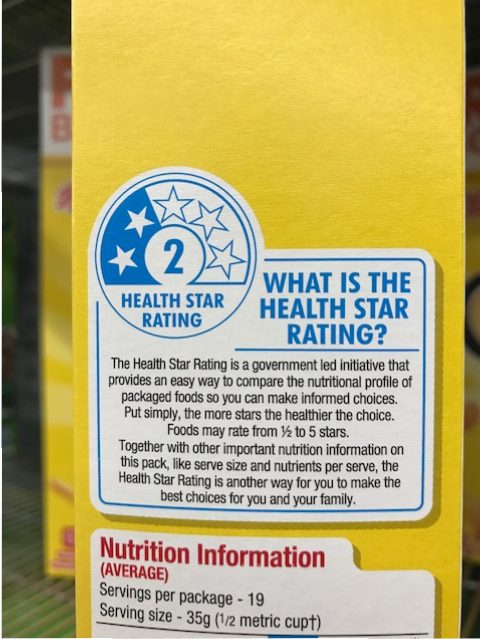
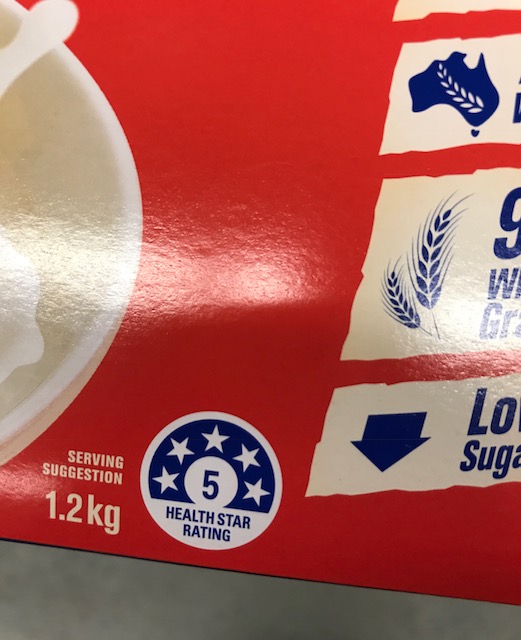
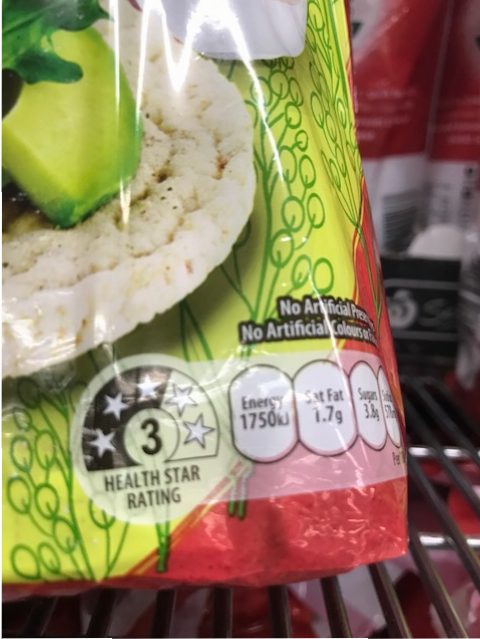
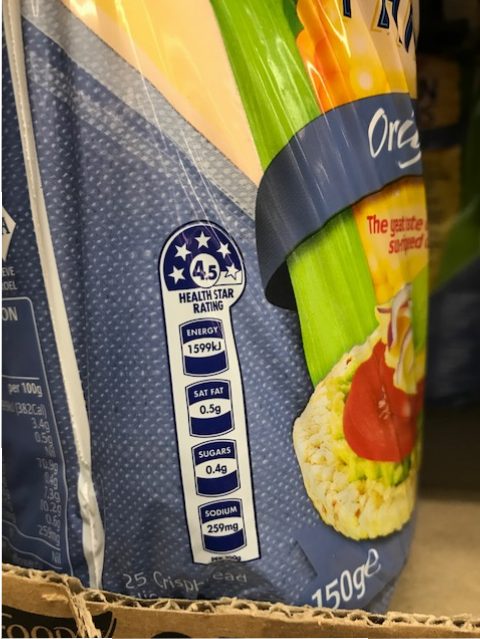



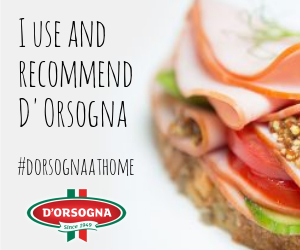











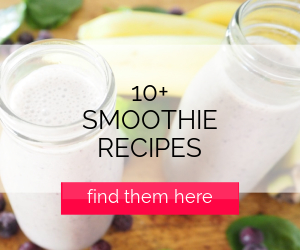


No comments yet.